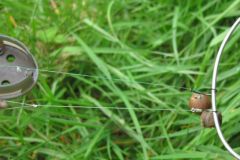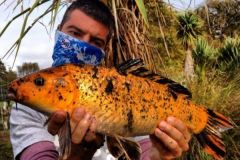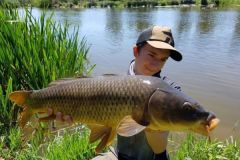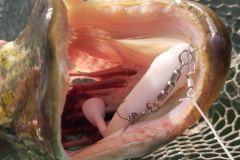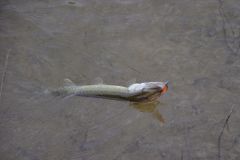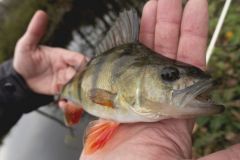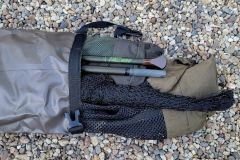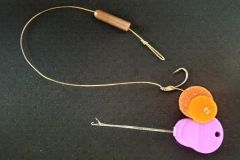A spring virus
Spring viremia is a disease caused by a virus, Carp sprivivirus. This virus, which belongs to the Rhabdoviridae family, can be fatal to fish. As its name suggests, spring viraemia appears in spring when water temperatures are between 11 and 17 degrees.
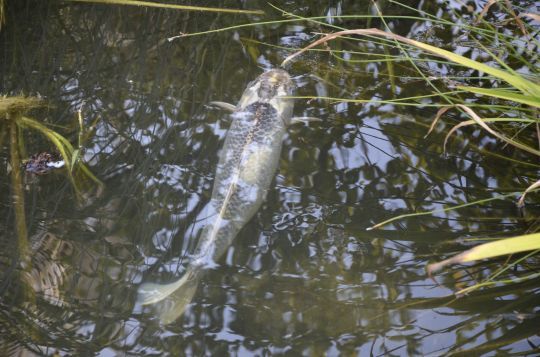
The virus can be spread in the water by contact with infected fish. In addition to carp, carass, roach, tench and catfish can be affected by the virus. In some waters, pike can also be affected by the disease. Cormorants and even fishermen can also contribute to the development of the virus by moving fish when handling them.

Overpopulation of small bodies of water is an aggravating factor in the onset and development of spring viremia.
Warning signs
Fish affected by spring viremia have an atypical behavior. They are most often found near the edges, in groups, in areas where water flow is virtually non-existent.
The appearance of fish affected by the virus enables a diagnosis to be made fairly quickly. Fish most often have bulging eyes, darker than normal coloration and sometimes pale gills. A distended abdomen and areas of haemorrhage on the skin, mucous membranes and fins can also be observed.
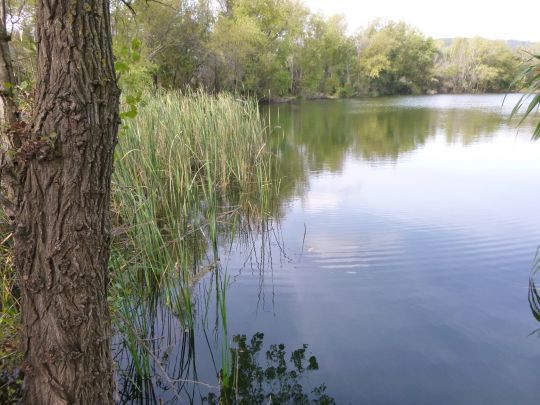
Once the virus has spread and affected the internal organs, hemorrhaging causes the fish to die.
What to do?
If you see any signs of spring viraemia at your fishing spots, don't hesitate to contact your Aappma or federation.
The virus is not transmissible to humans, but you should avoid moving dead fish yourself without taking the necessary precautions to prevent the virus from spreading. It's also advisable to decontaminate your fishing equipment if you're going to be moving from one body of water to another.

 /
/ 


